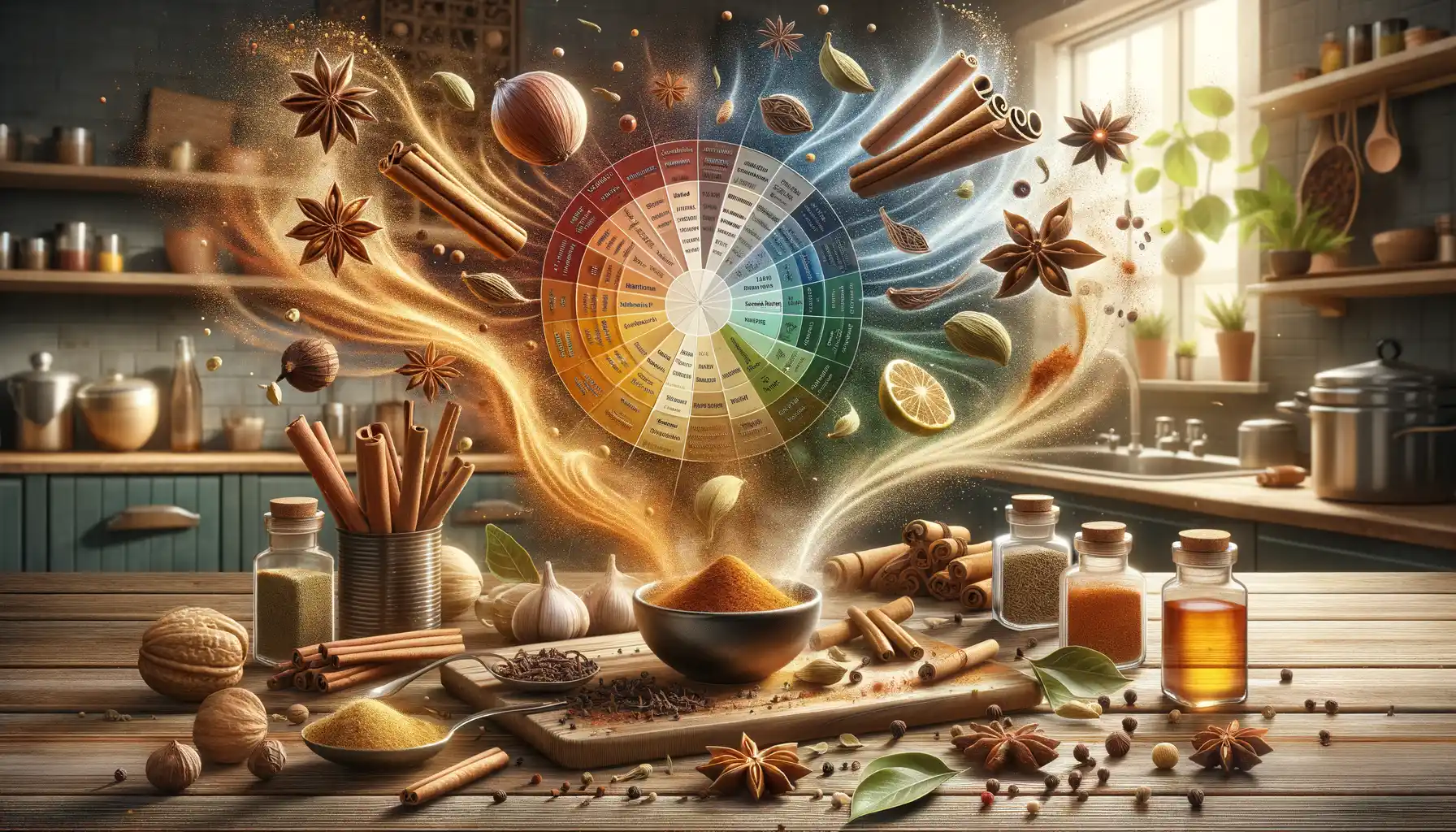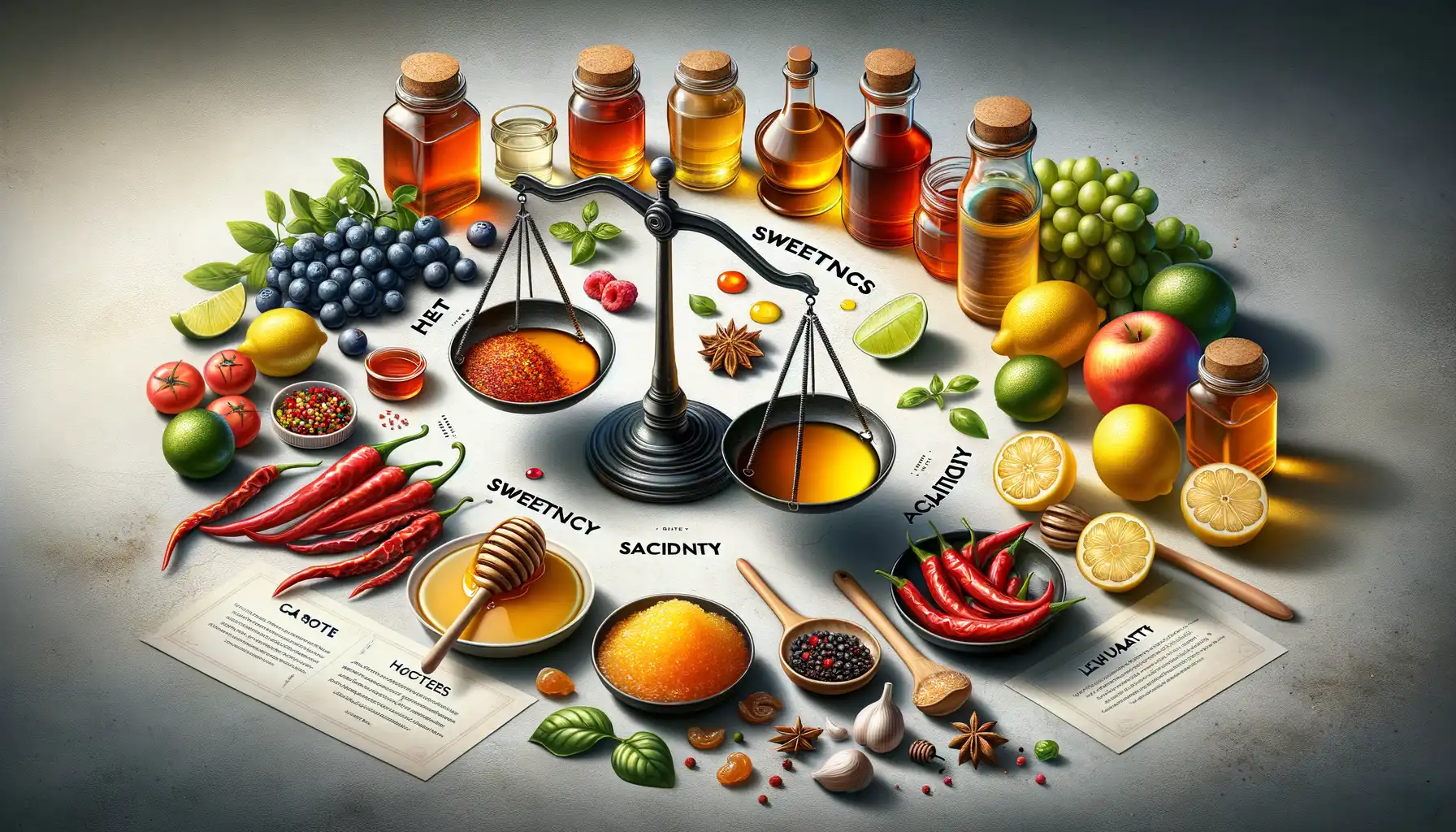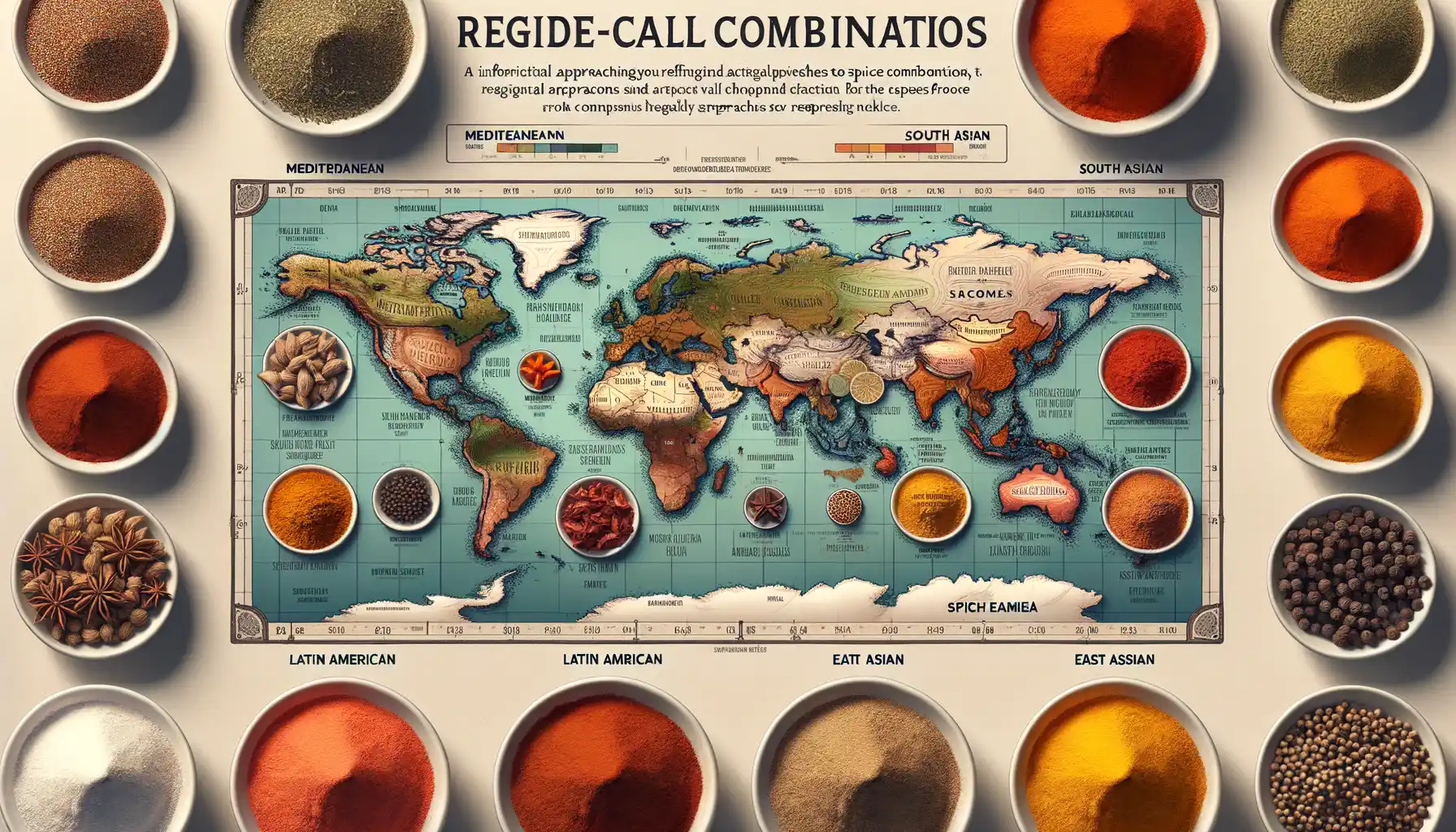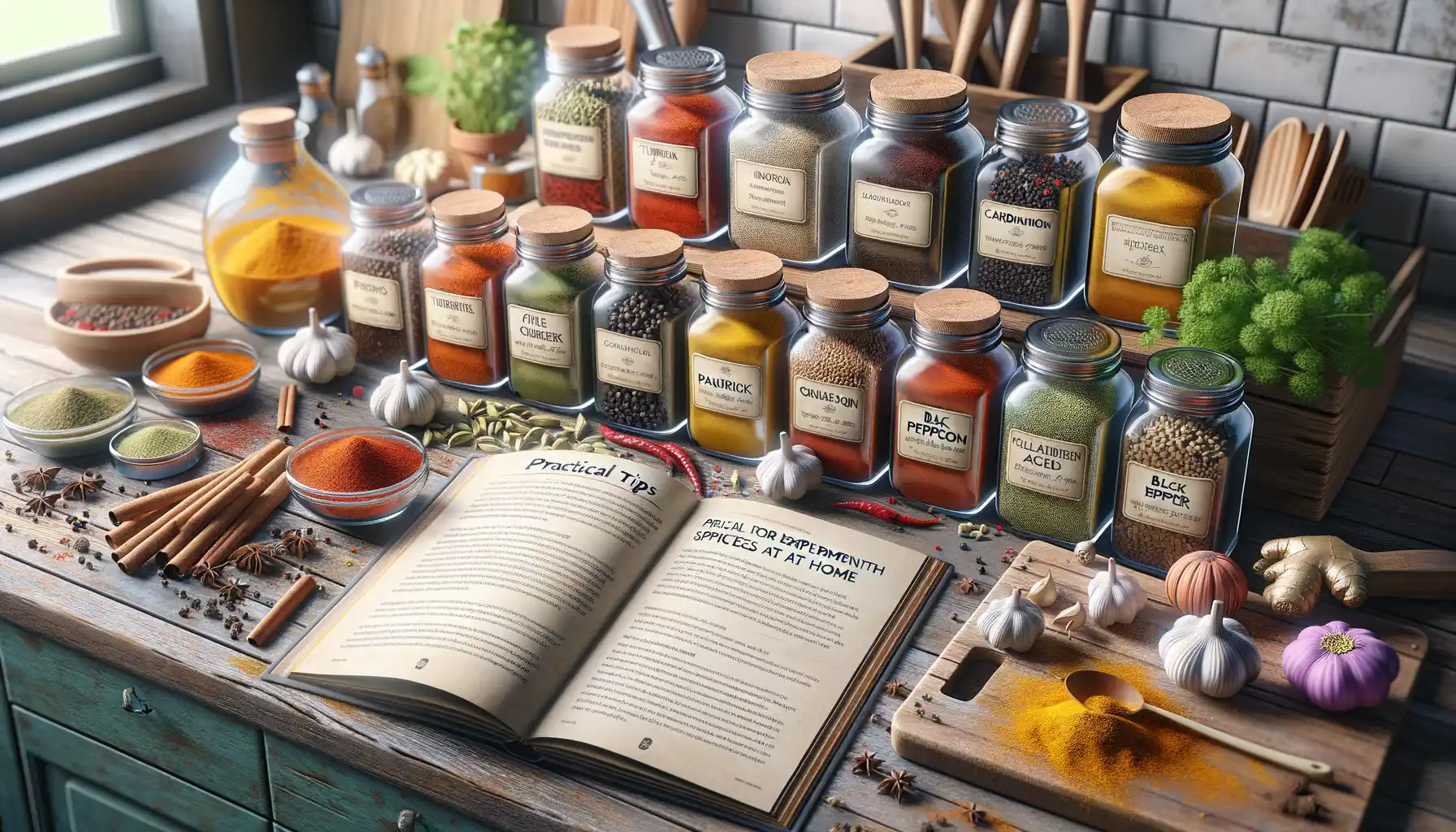Understanding the Basics of Spice Blending
Why Spice Blending is Like Painting with Flavors
Spice blending can feel like stepping into an artist’s studio—but instead of a canvas, you’ve got a sizzling skillet or bubbling pot. Each spice is a brushstroke of flavor, capable of transforming a dish from dull to dazzling. But here’s the thing: just as an artist doesn’t splash every color onto their painting, you don’t dump every spice in your cupboard into a single recipe. Balance is key.
Think of cumin, for example. It’s warm and earthy, like the comforting scent of autumn leaves. Pair it with the citrusy brightness of coriander seeds, and suddenly, you’ve created contrast—that magical push and pull that keeps your taste buds intrigued.
Tip #1: Start small. A pinch of paprika or turmeric goes a long way.
Tip #2: Toast your spices lightly in a dry pan to unlock their full potential.
Understanding Spice Personalities
Every spice has its quirks and personality. Take cardamom, for instance. Sweet yet complex, it’s the friend who can hang at both a dessert party and a savory dinner. Meanwhile, sharp, peppery black mustard seeds crash the scene with unapologetic boldness.
The trick? Let one spice lead the charge while others play the supporting roles. Give cinnamon the spotlight in a Moroccan tagine or let smoky paprika be the headliner in your next chili.
The Role of Aromatics in Flavor Profiles

The Secret Symphony of Aromatics
Imagine your kitchen as a concert hall, and the spices as the orchestra. While bold spices like chili or turmeric grab the spotlight, it’s the subtle, supportive players—the aromatics—that bring harmony to the composition. Think of onions, garlic, ginger, and celery as the violins and woodwinds, laying the rich groundwork for the flavors to take flight.
Aromatics don’t just add flavor; they amplify and balance, mingling with core spices to awaken your taste buds. Ever caramelized onions until they’re golden and sweet? That slow, patient magic transforms savory dishes into something soul-stirring. Crushed garlic releases allicin, a compound that dances between savory and sharp, building warmth in every bite.
How Aromatics Shape Your Dish
The genius lies in the layering:
- Sweating onions in oil creates a savory base infused with sweetness.
- Adding grated ginger injects a bright, zippy freshness.
- A pinch of celery salt adds earthy depth without stealing the show.
When used right, aromatics are not just ingredients—they’re the storytellers of your dish, whispering tales of sweetness, heat, and complexity directly to your senses.
Techniques for Balancing Heat, Sweetness, and Acidity

Mastering the Dance of Flavor Dynamics
Ever felt like your dish was missing… something? Welcome to the art of balancing heat, sweetness, and acidity—the trifecta that breathes life into every bite. When done right, it’s like a perfectly choreographed dance, with each flavor moving in harmony.
Let’s take heat. Too much, and it bullies the other flavors; too little, and your mouth might never wake up. Consider pairing that fiery kick from cayenne or chili flakes with a touch of sweetness—a drizzle of honey, a sprinkle of brown sugar, or even caramelized onions. Sweetness not only tames spice but also whispers richness into the mix.
Now, imagine adding acidity: the sparkle that makes everything sing. A squeeze of lemon juice, a splash of balsamic vinegar, or even tamarind paste can cut through heaviness, brightening the overall flavor profile.
- Feeling overwhelmed? Try this: for every teaspoon of hot spice, balance it with a sweetener and an acid.
- Example: Spicy Thai curry can be elevated with coconut milk (sweetness) and lime juice (acidity).
Food is personal—think of these techniques as tools to tell your unique story on the plate.
Regional Approaches to Spice Combinations

A Whirlwind Tour of Global Spice Traditions
Picture this: the sharp warmth of cinnamon dancing alongside nutmeg in a Moroccan tagine, or the fiery boldness of cayenne pepper entwined with smoky paprika in a Hungarian goulash. Spices are storytellers, whispering tales of their homelands and enticing you to explore flavors that define entire cultures.
Take India, for instance—a land where spice blending is nothing short of an art form. The iconic garam masala, a symphony of cumin, coriander, cardamom, and cloves, transforms even the simplest lentils into something luxurious and layered. Meanwhile, in Japan, spices take a subtler, yet no less impactful route—the zingy heat of shichimi togarashi (seven-spice blend) awakens bowls of noodles and grilled fish with a satisfying balance of sweet zest and earthy depth.
Essentials From Around the Globe
Here’s a quick hit list of regional combinations to tickle your taste buds:
- Middle East: Za’atar—sumac, sesame seeds, and thyme, perfect for flatbreads and roasted veggies.
- Mexico: Mole spices—cinnamon, ancho chili, and chocolate stealing the spotlight in rich sauces.
- Thailand: Curry pastes buzzing with lemongrass, galangal, and bird’s eye chilies.
Each blend carries centuries of tradition, yet feels remarkably versatile for today’s kitchen adventures. Let them inspire your next dish to leap off the plate!
Practical Tips for Experimenting with Spices at Home

Spices as Your Culinary Adventure Kit
Ever thought of your spice rack as a treasure chest waiting to be explored? Experimenting with spices isn’t just cooking—it’s a sensory adventure! Start with what you already have at home. Take that jar of cumin or cinnamon collecting dust and pair it with something surprising. For instance, sprinkle a pinch of ground cinnamon into a savory tomato sauce. Sounds bold? It balances acidity with an unexpected hint of warmth.
One trick I love is creating “mini blends” before committing to a recipe. Mix small amounts of spices in a bowl and smell them together first. Does the aroma make you smile? Then they’ll probably taste good too. Remember: your nose is the first taste test!
- Toast whole spices like coriander or fennel seeds for a nuttier, more intense flavor.
- Layer flavors! Add spices at different cooking stages—aromatics like garlic go early, but dried herbs shine brighter if added near the end.
Let Regional Cuisines Inspire You
Feeling stuck? Dive into a region’s flavor story. Dreaming of India? Try combining turmeric, cardamom, and black pepper. Craving Middle Eastern vibes? Blend sumac, za’atar, and a dash of allspice. Treat these not as “rules” but as springboards for creativity.
Oh, and don’t fear mistakes—they’re just delicious detours on the road to mastery!